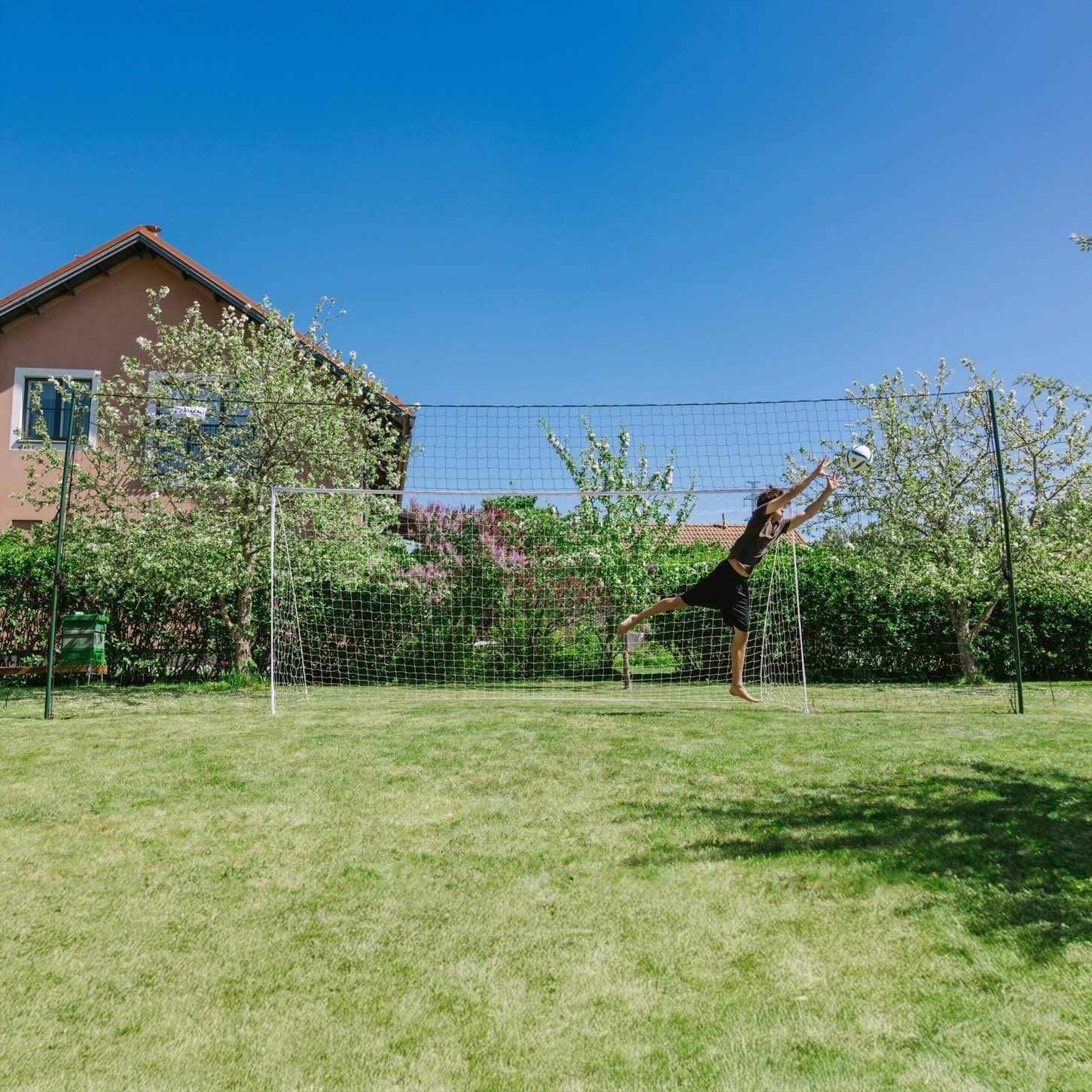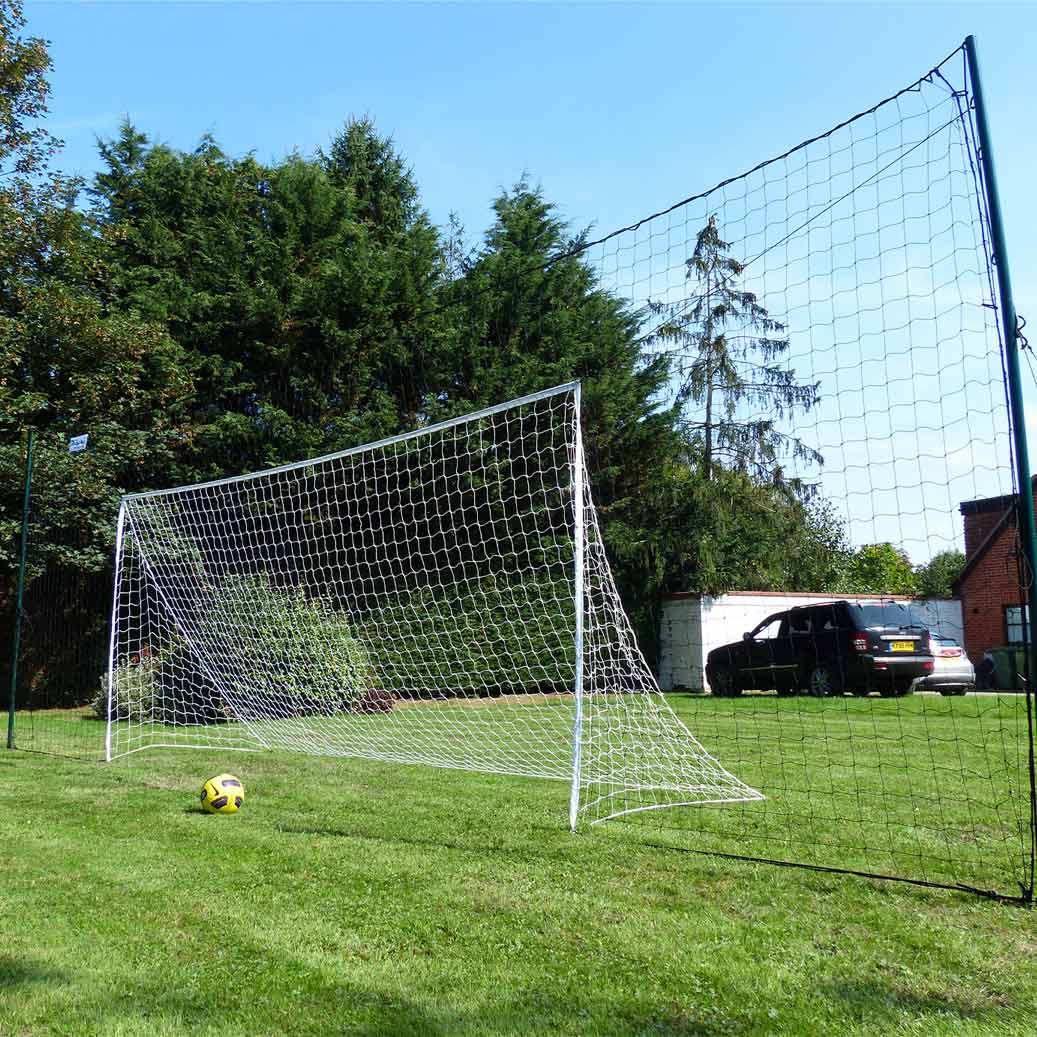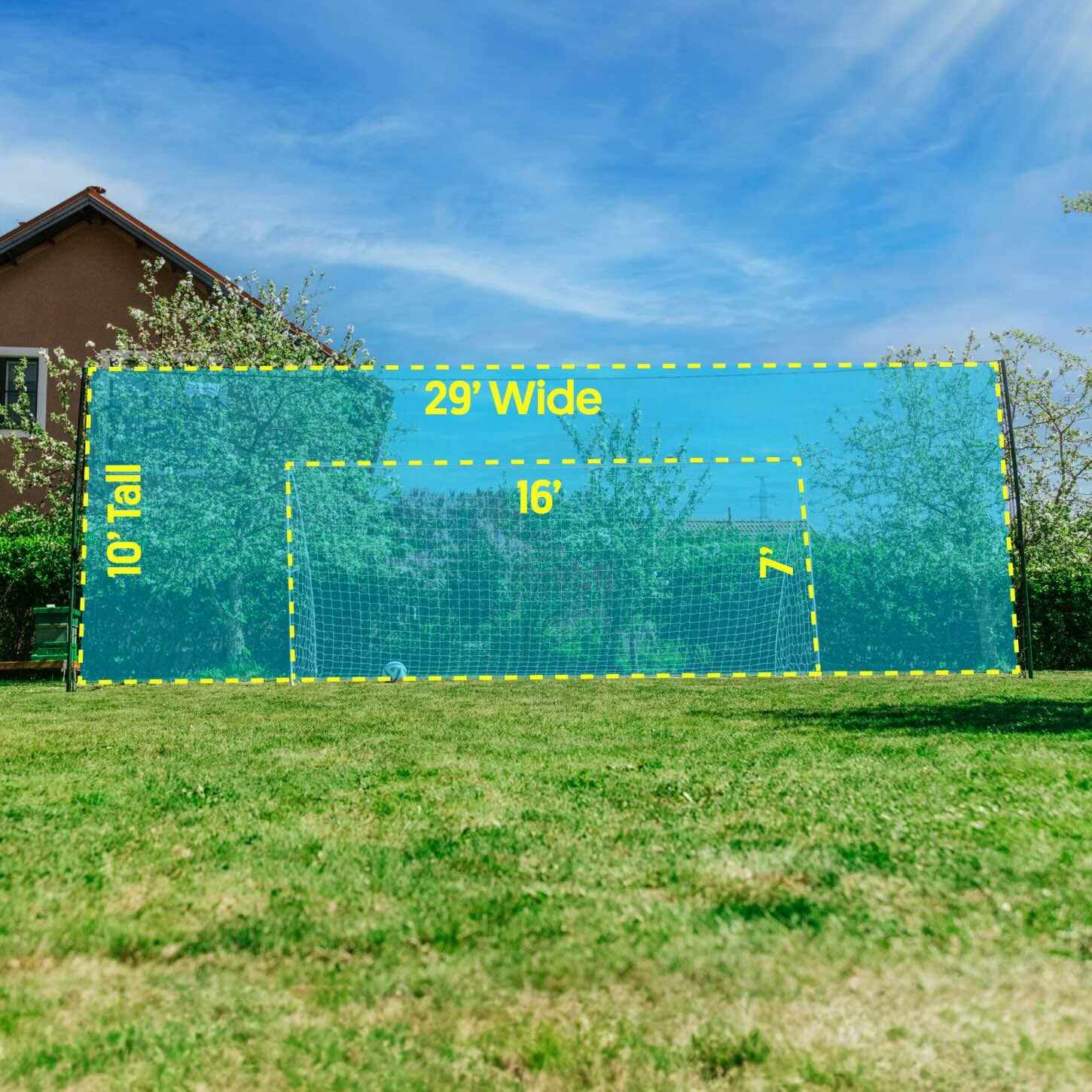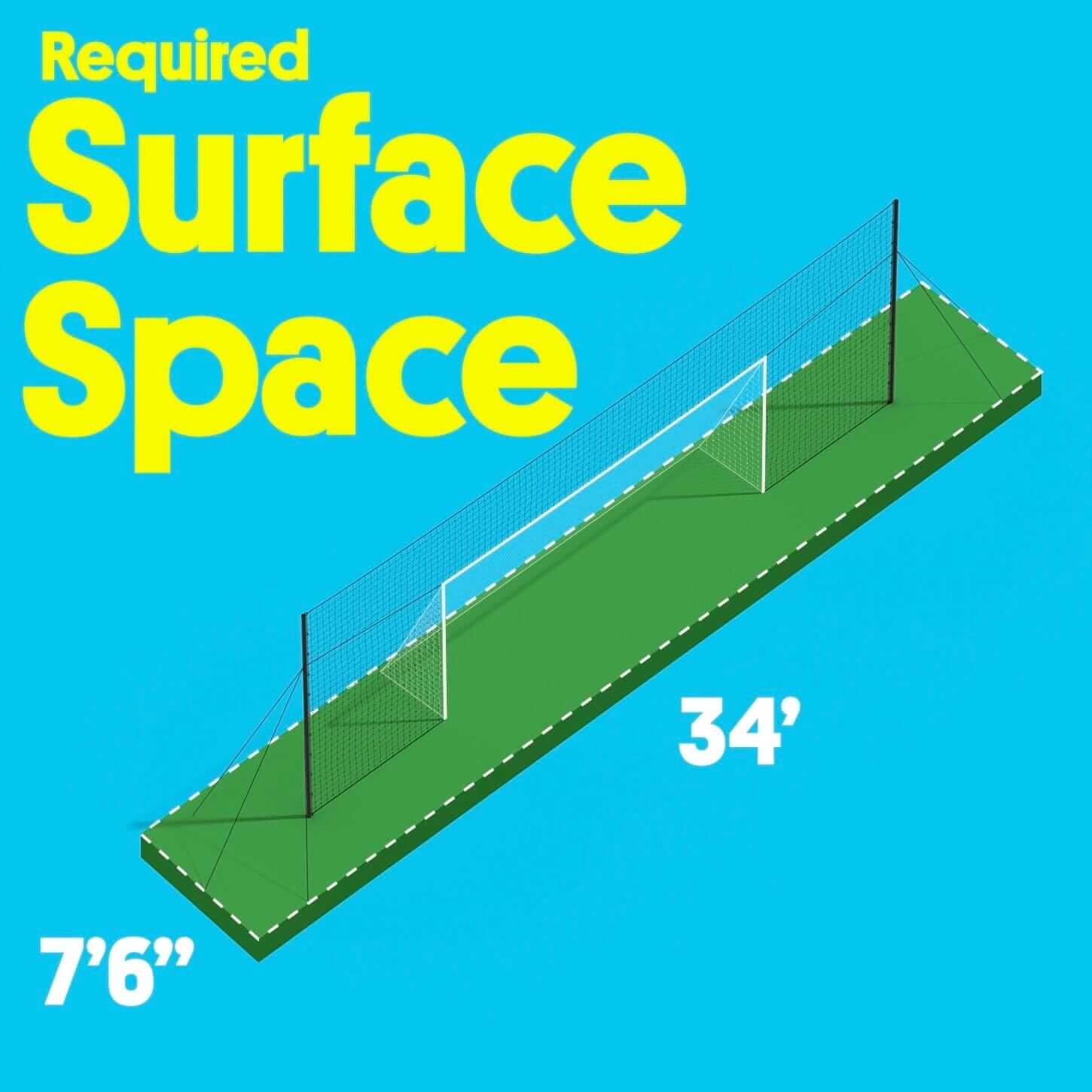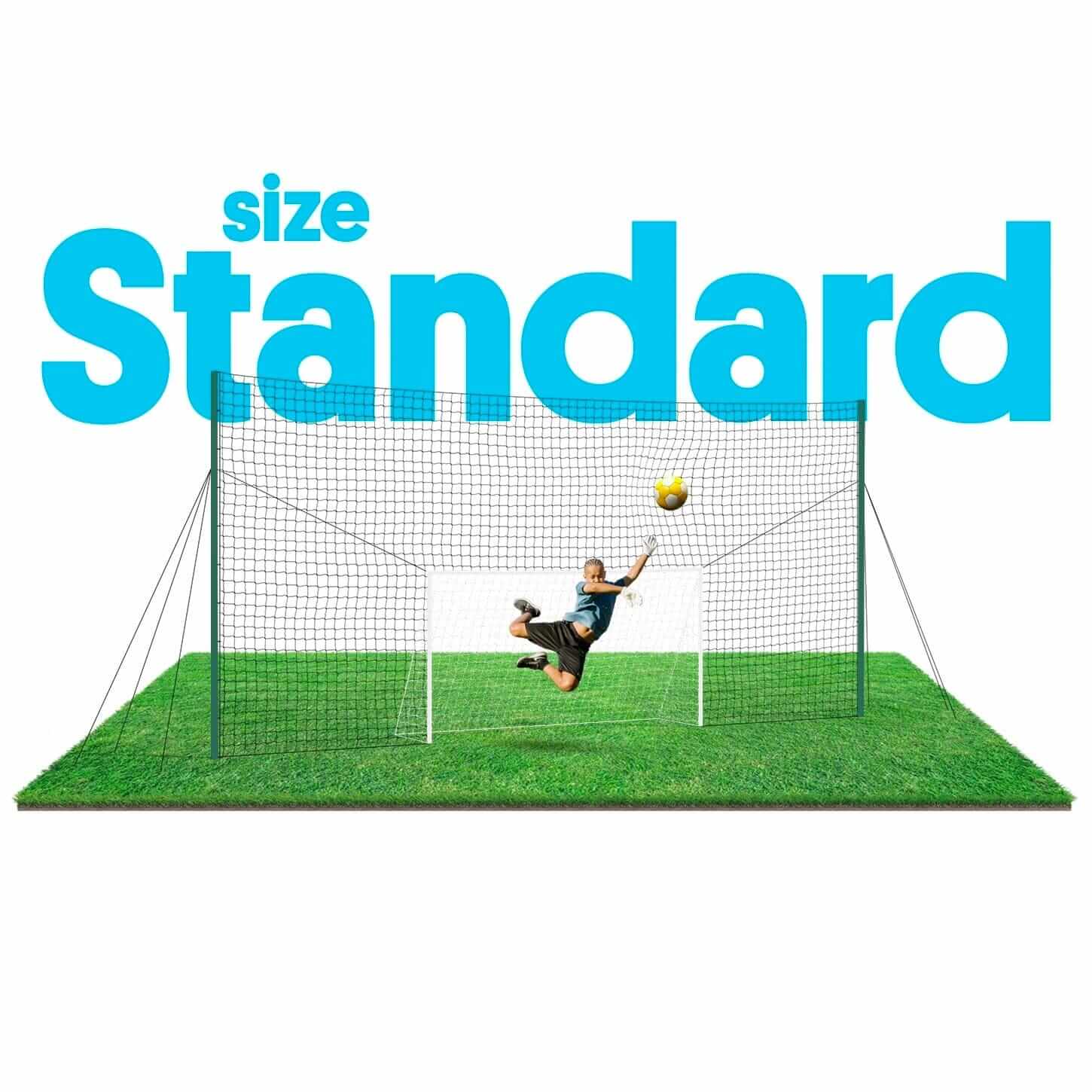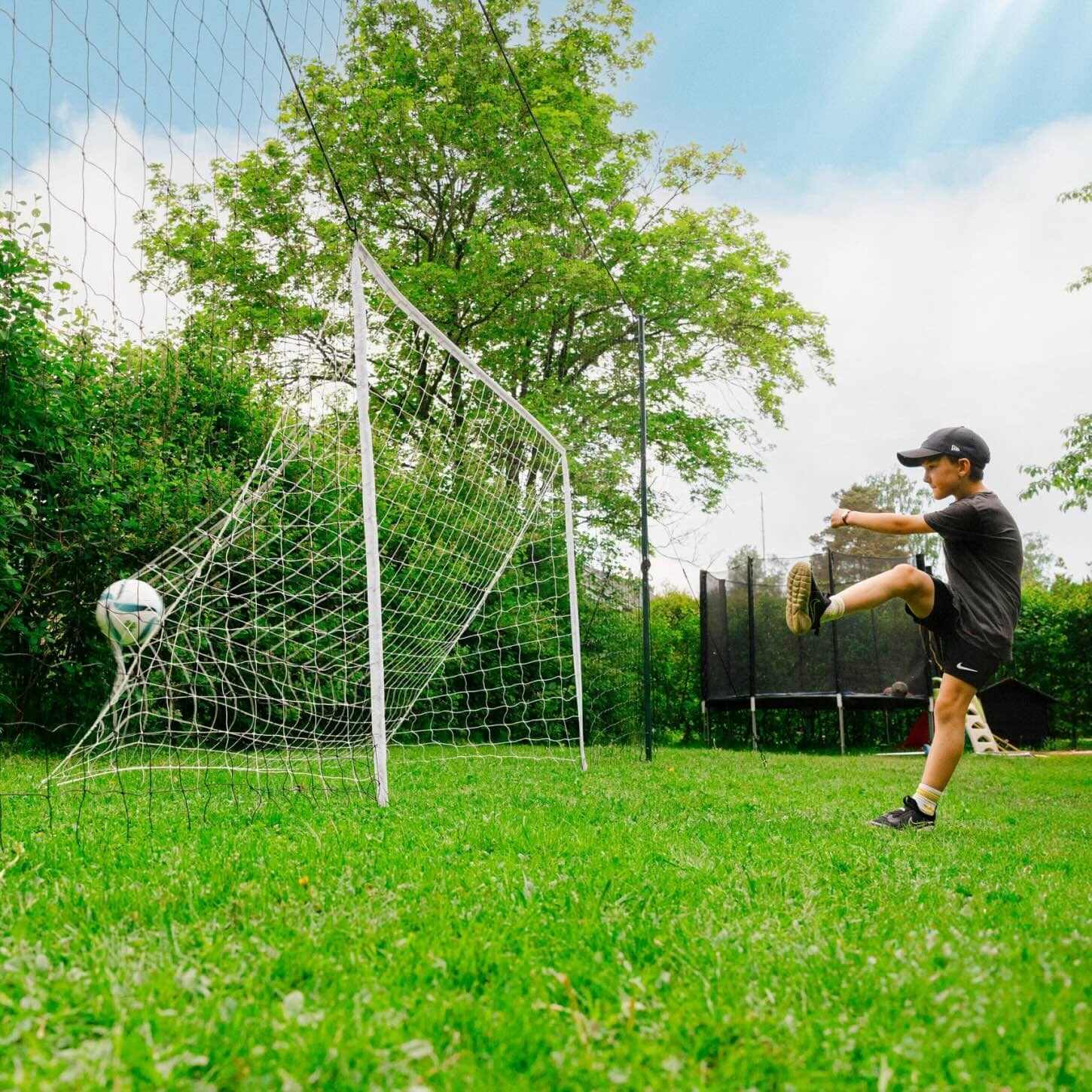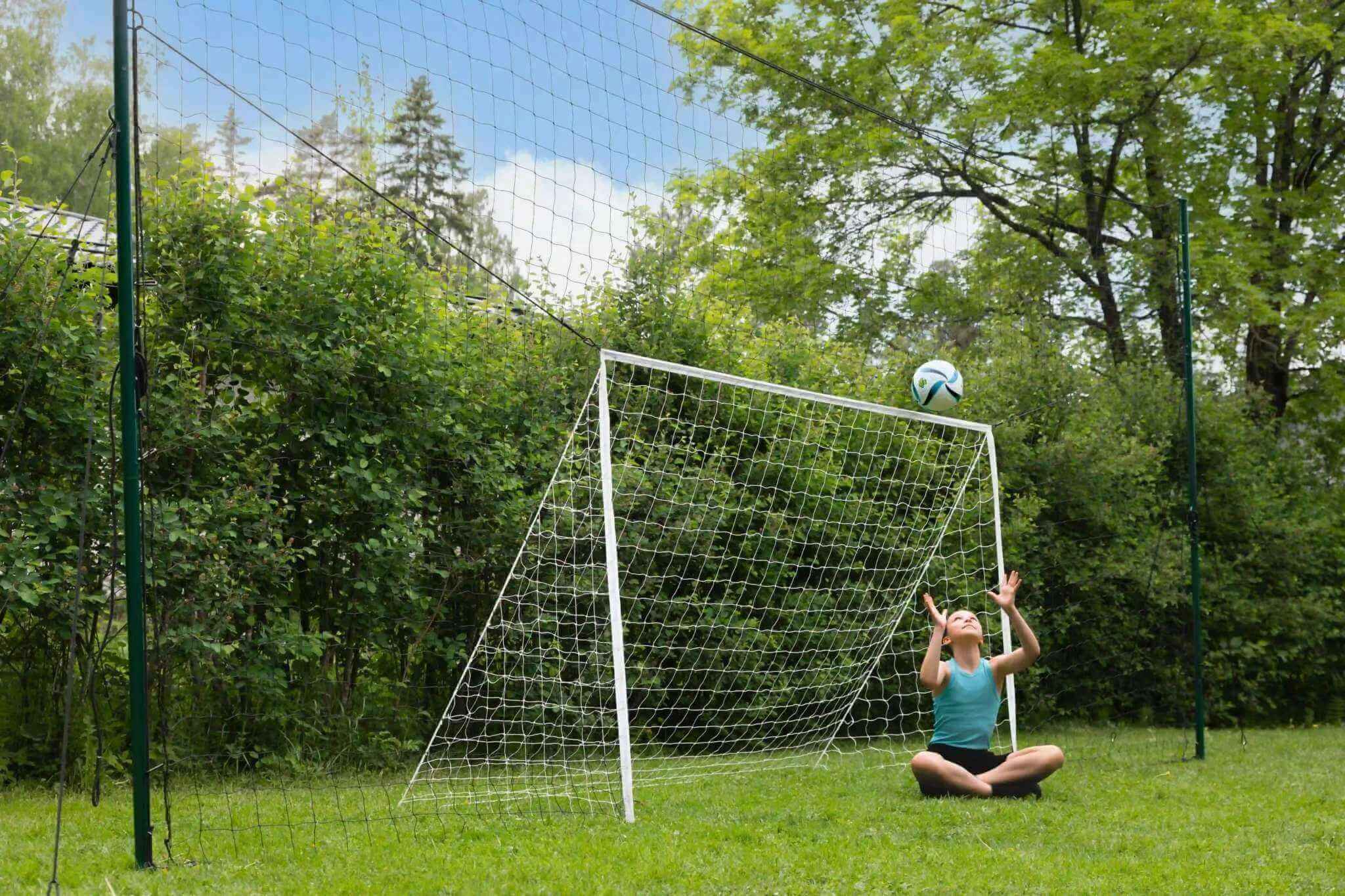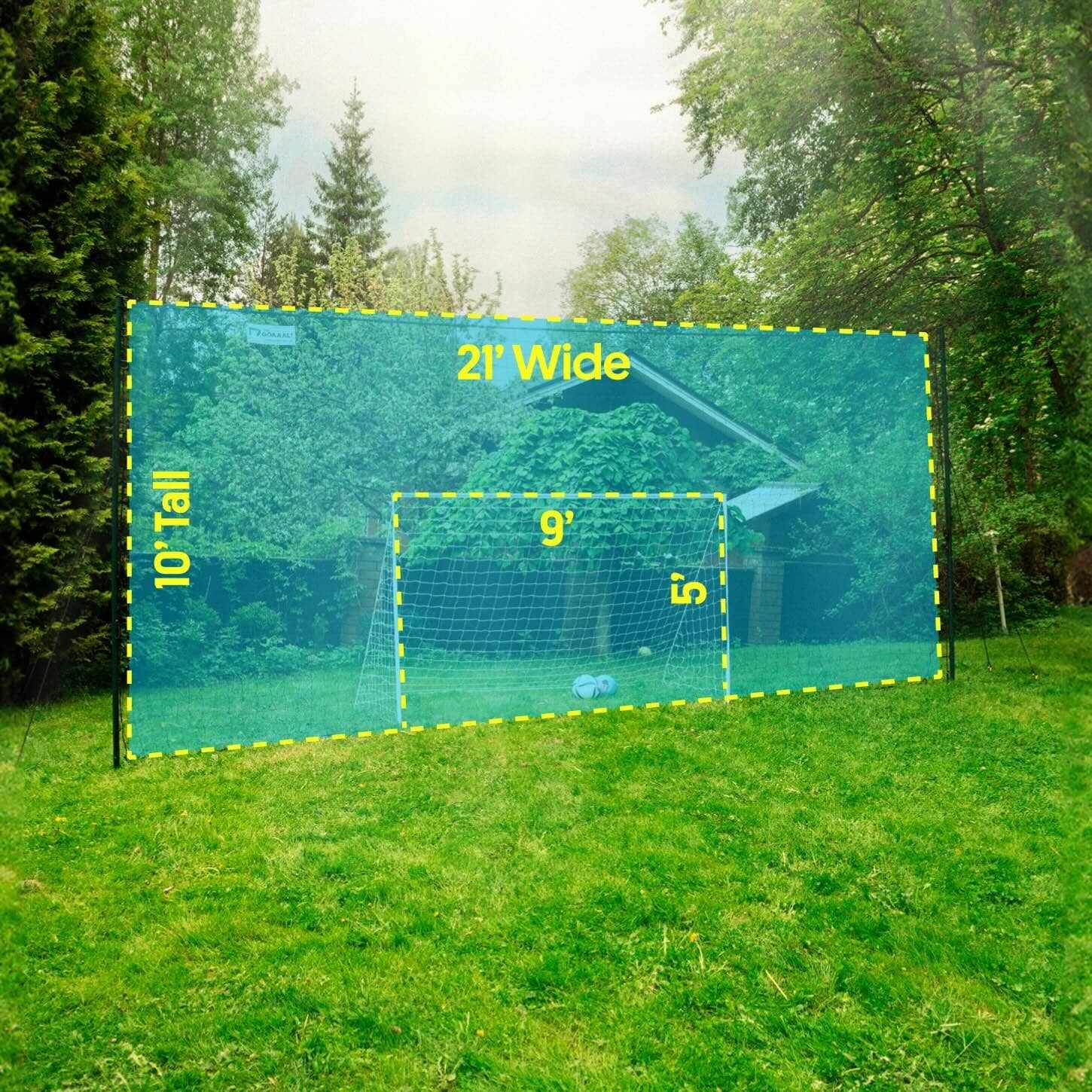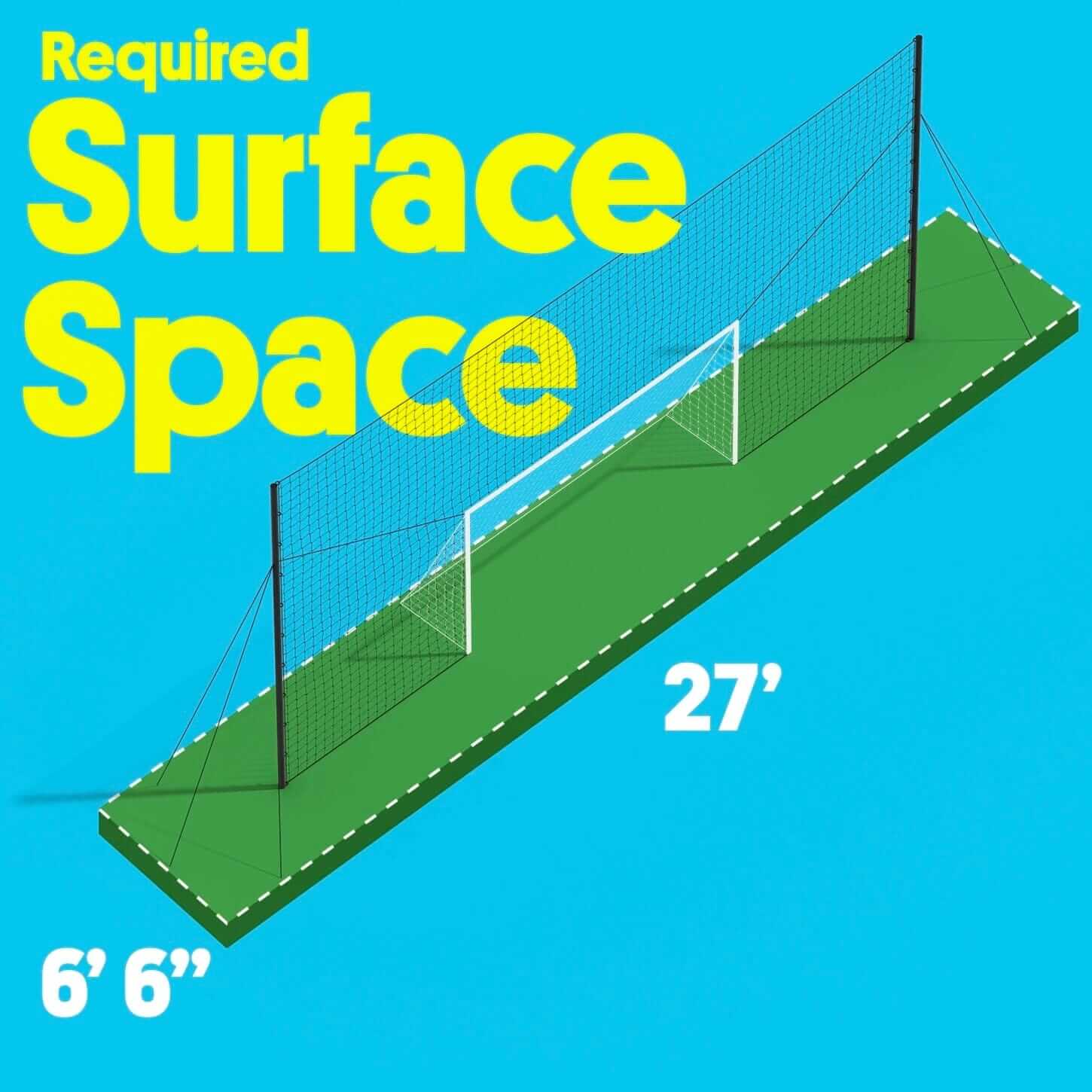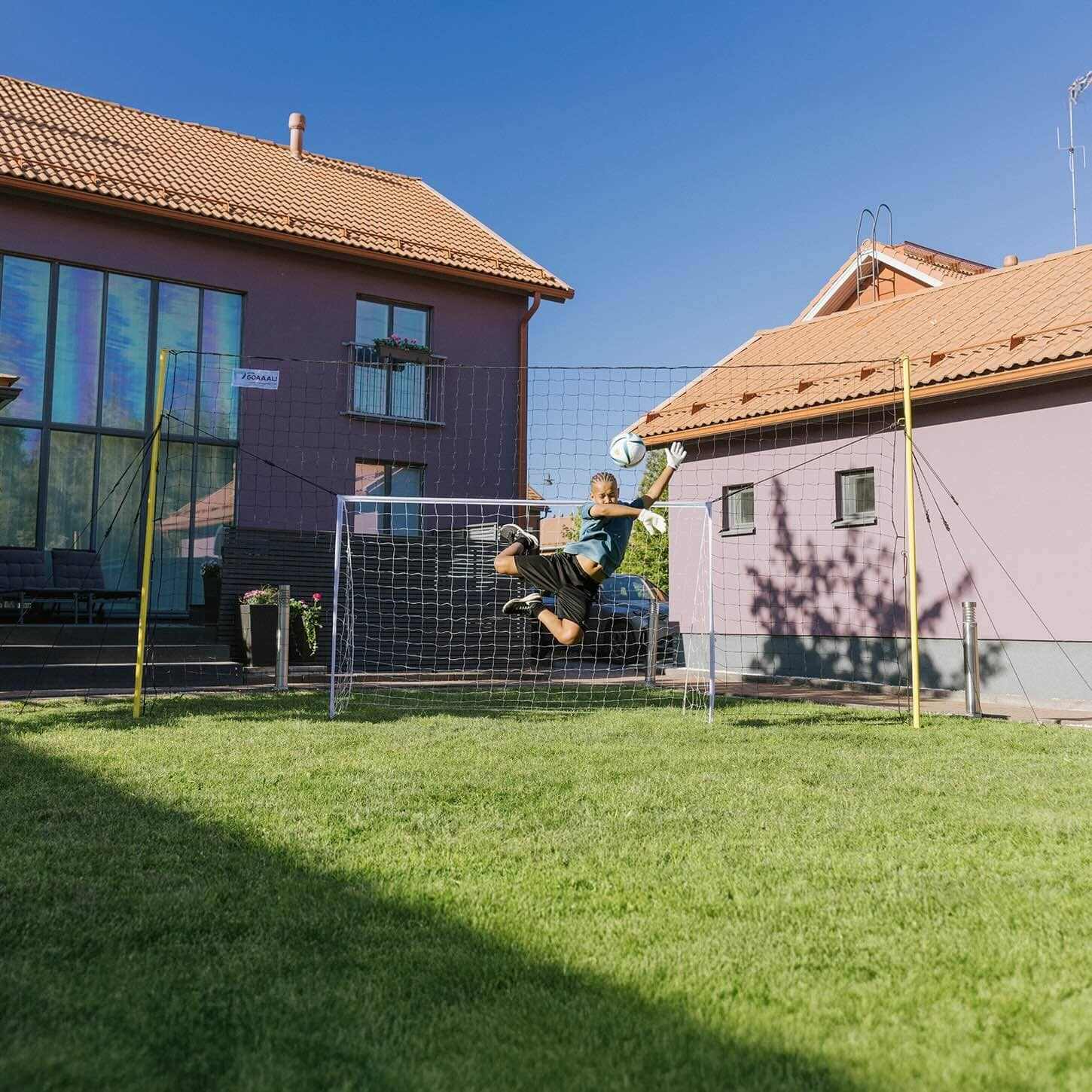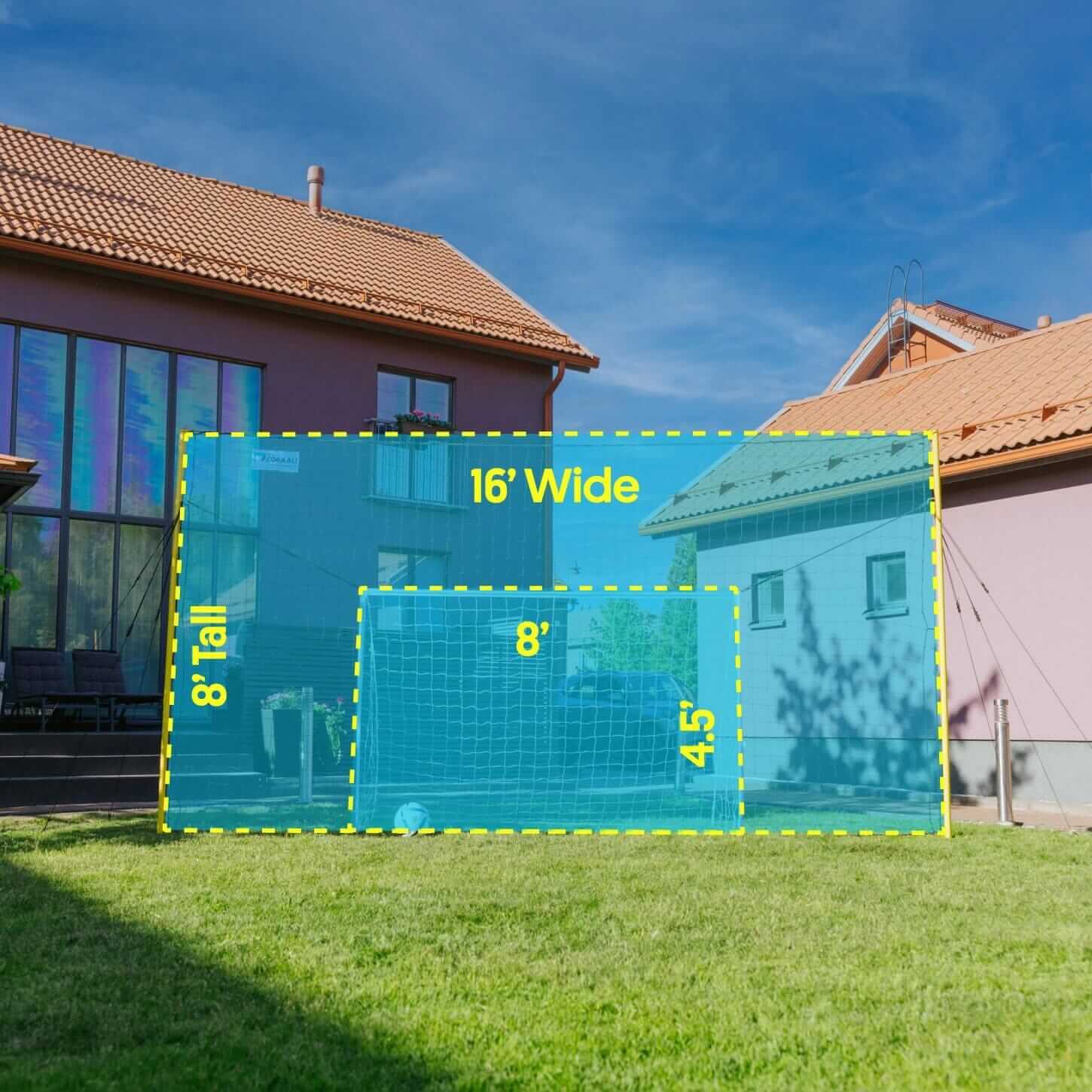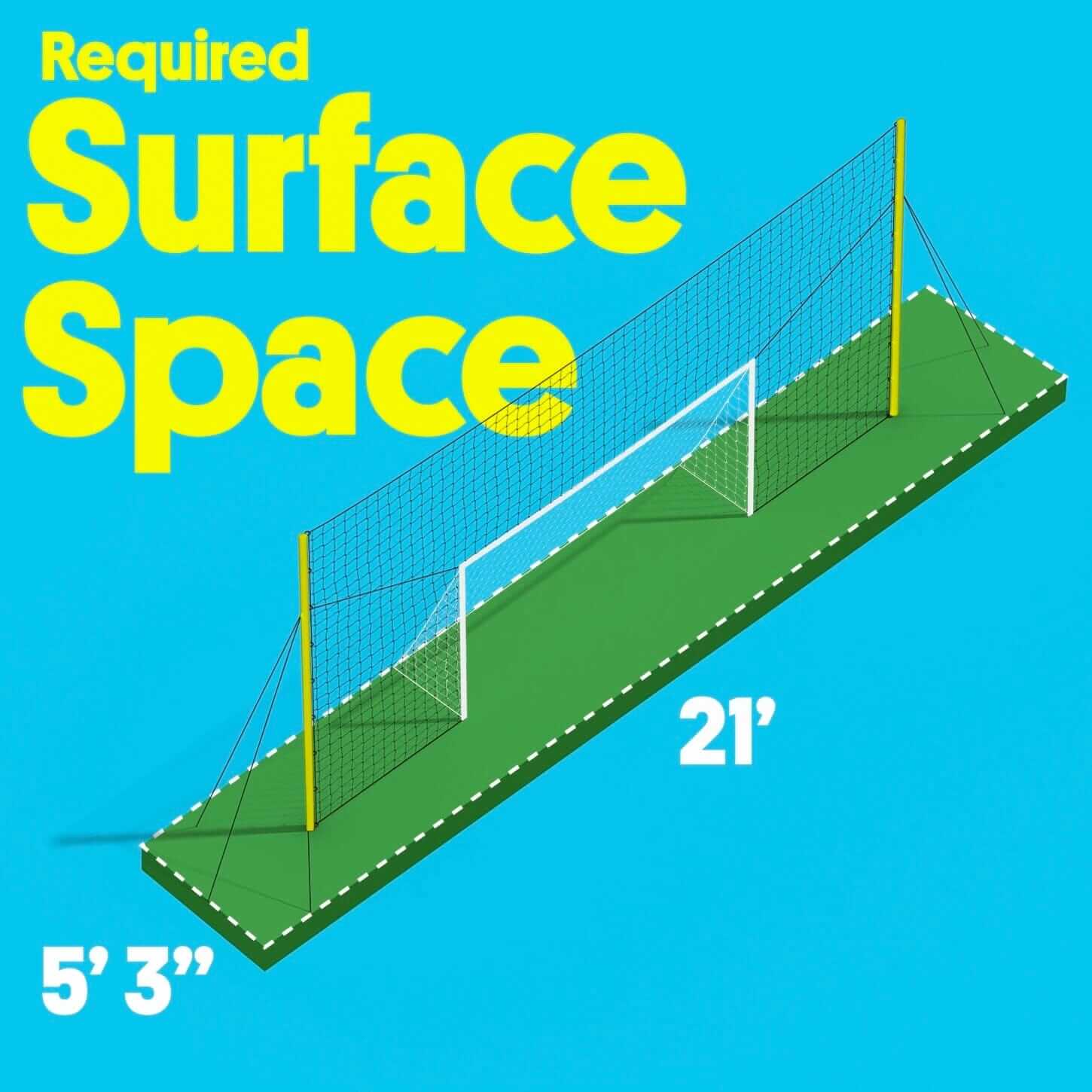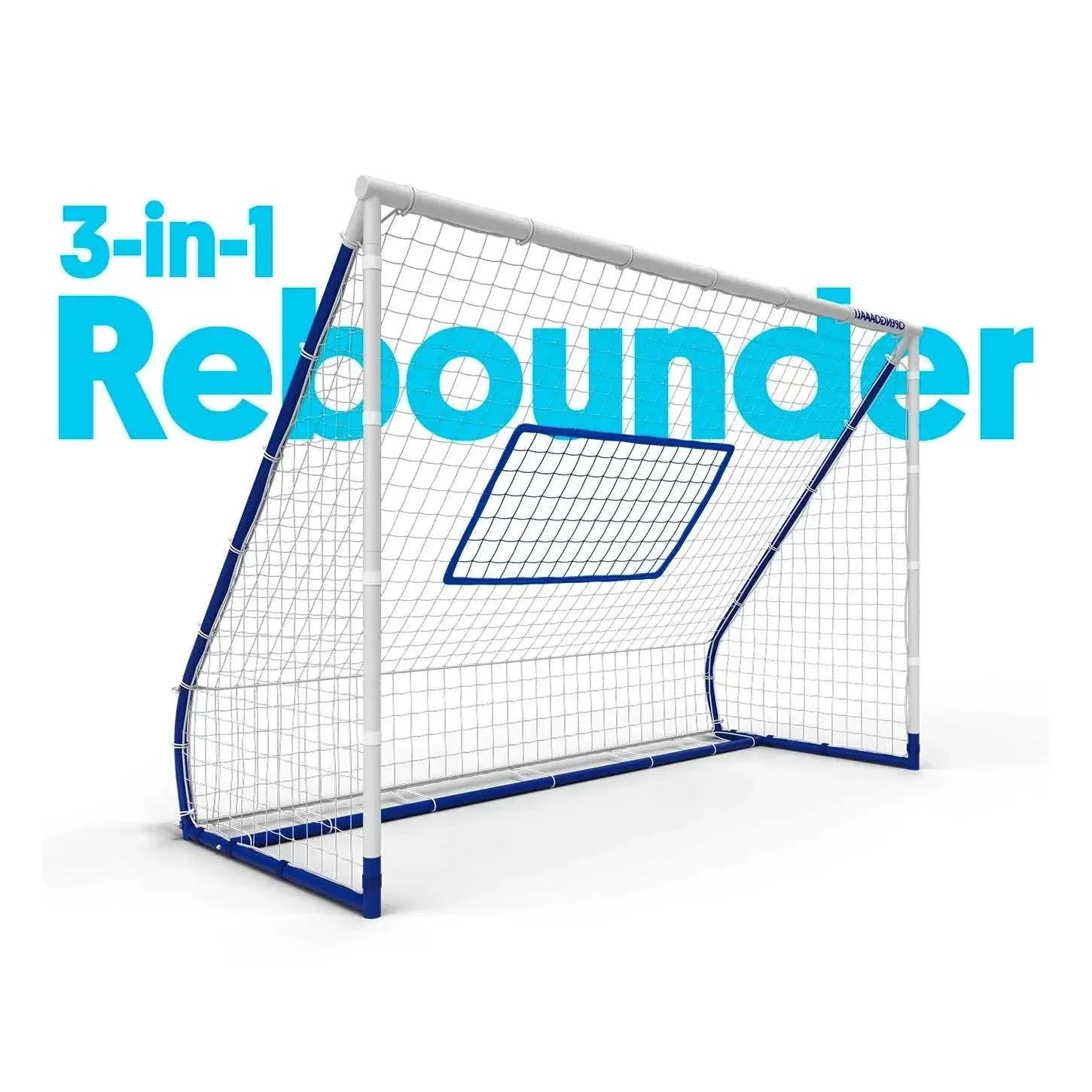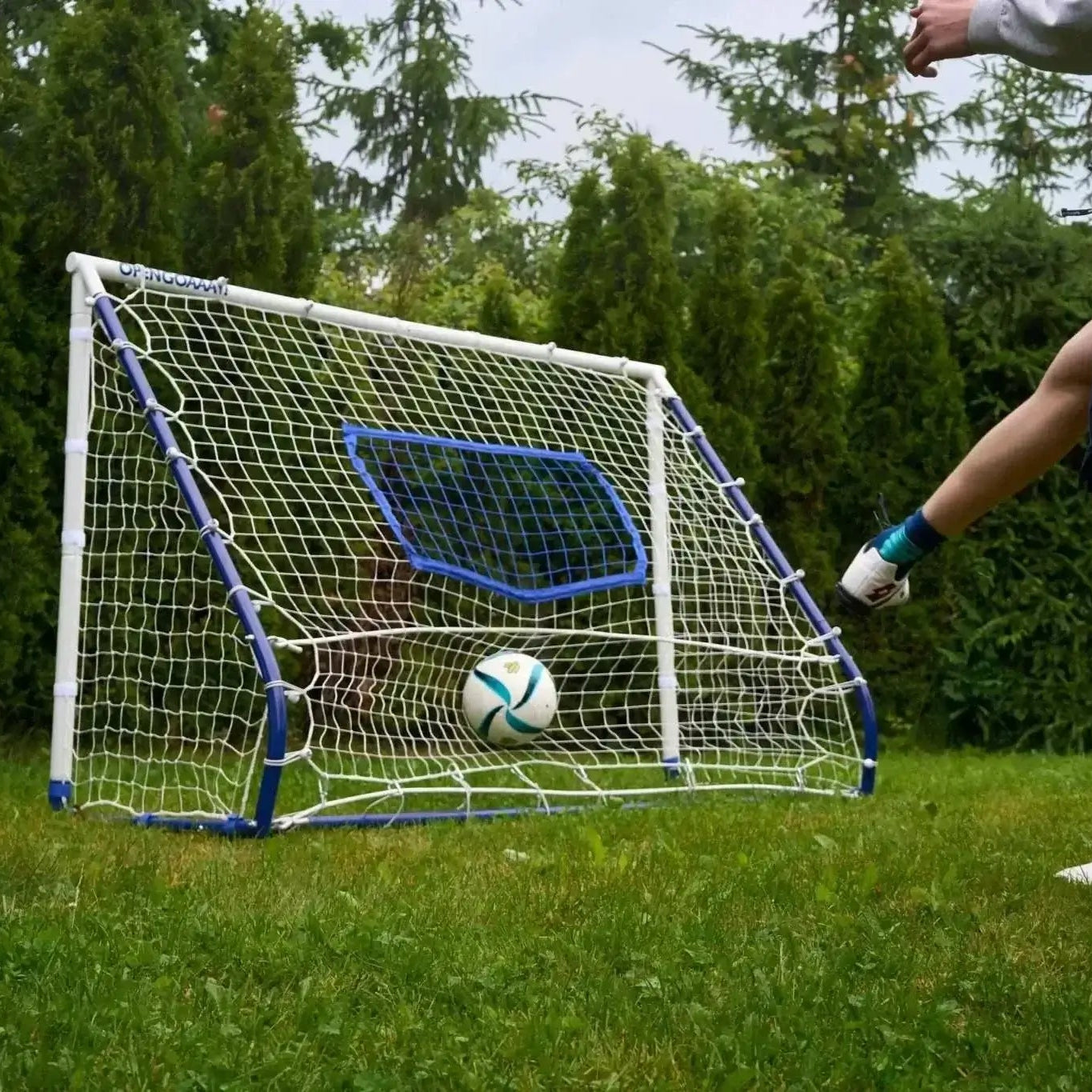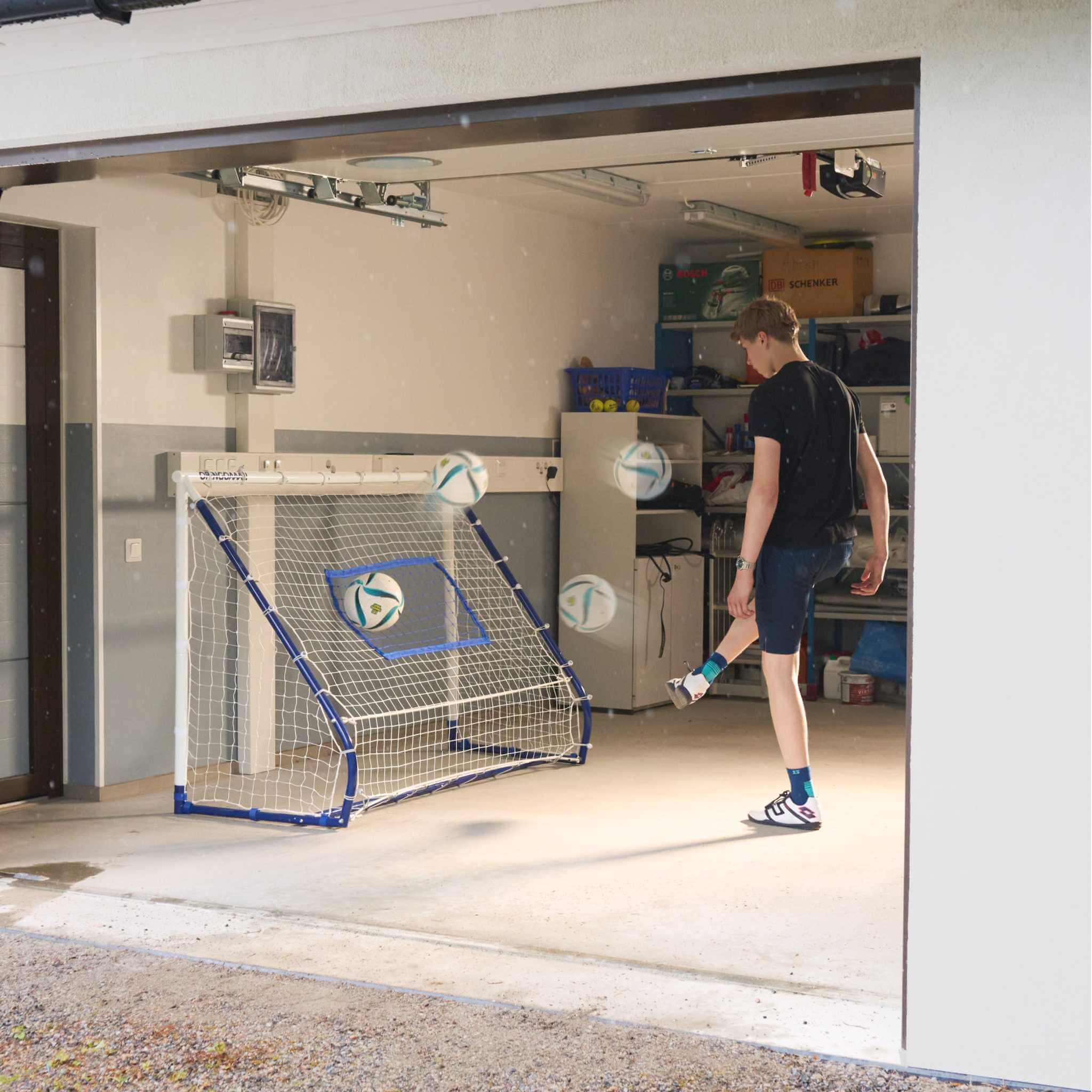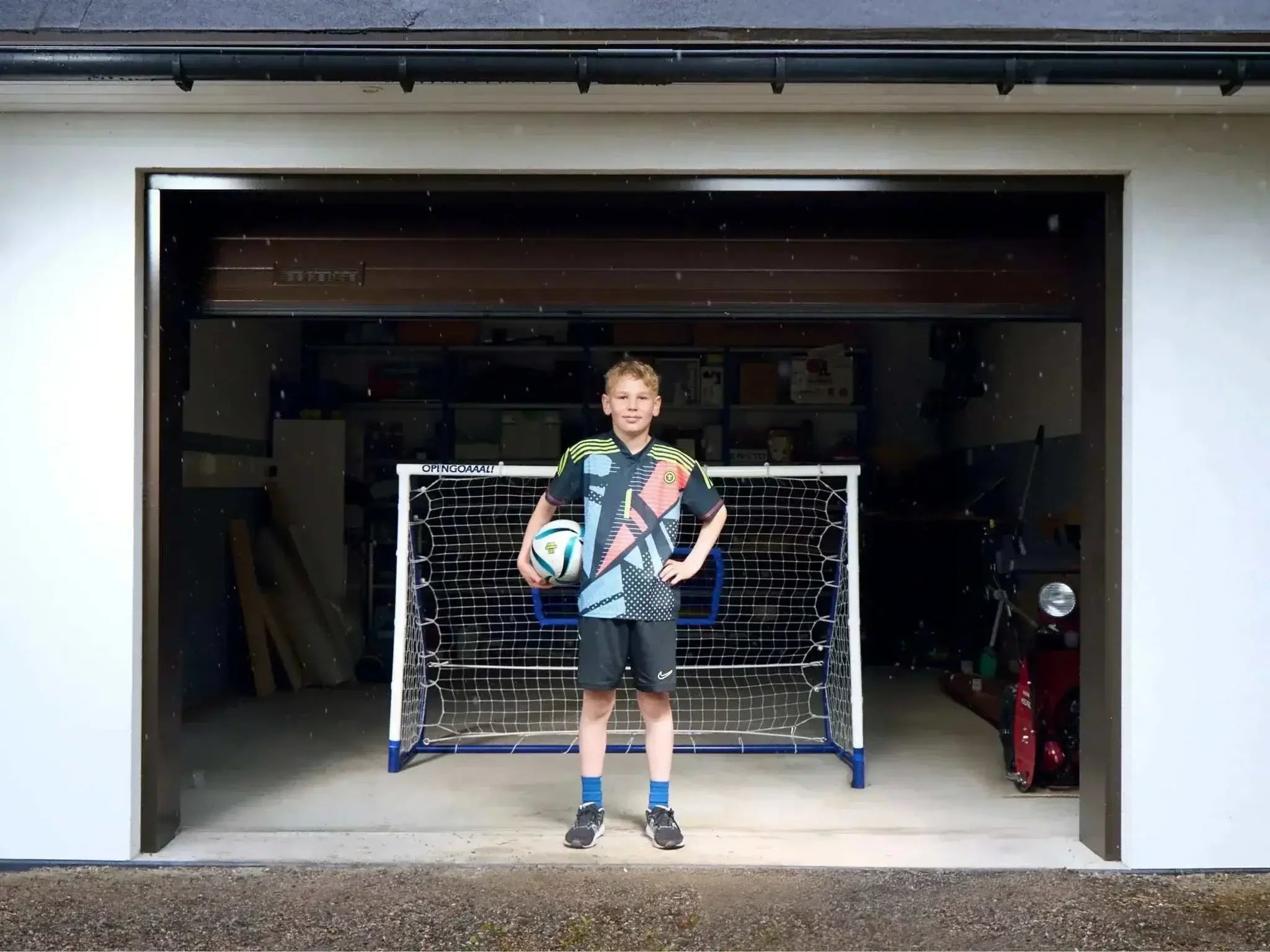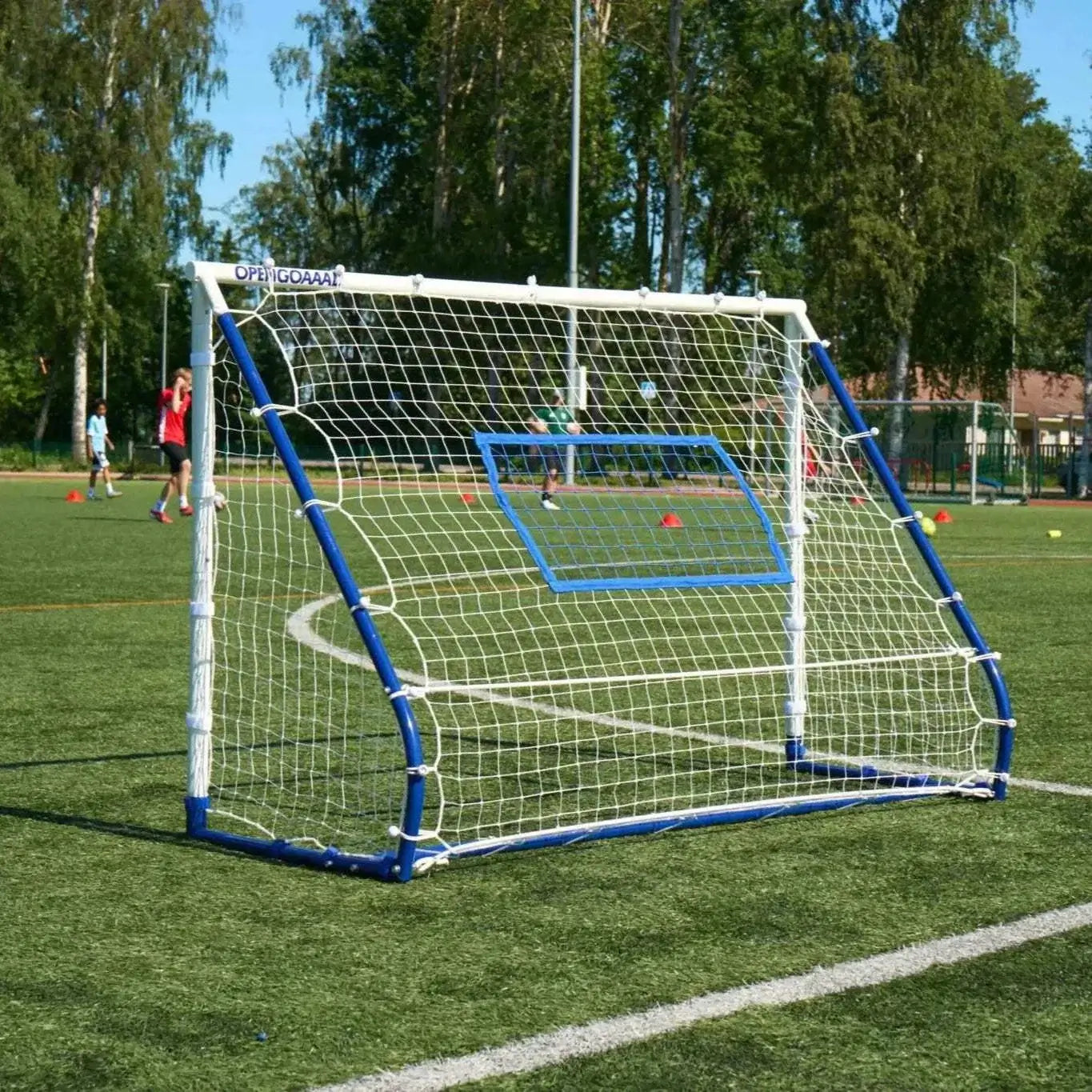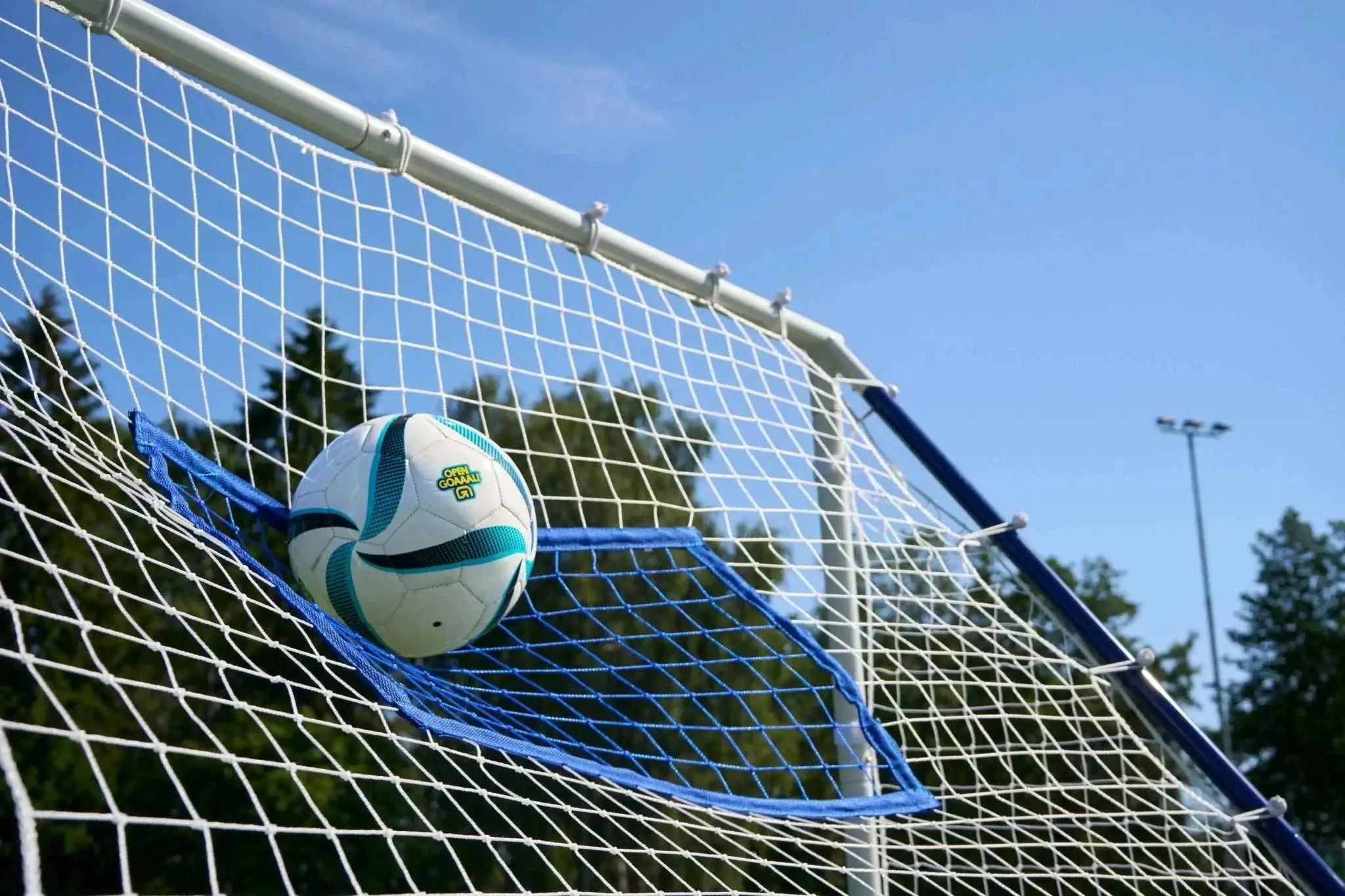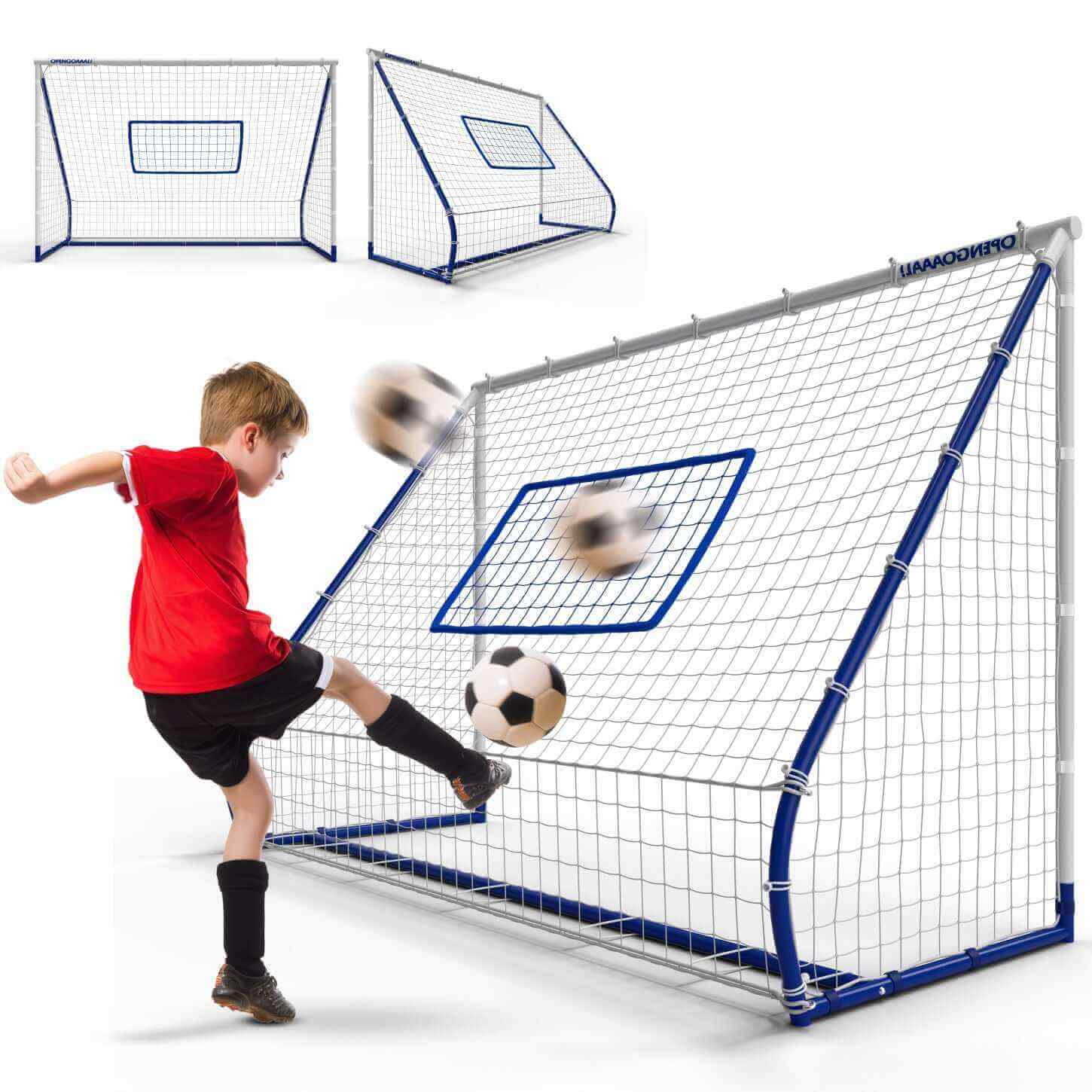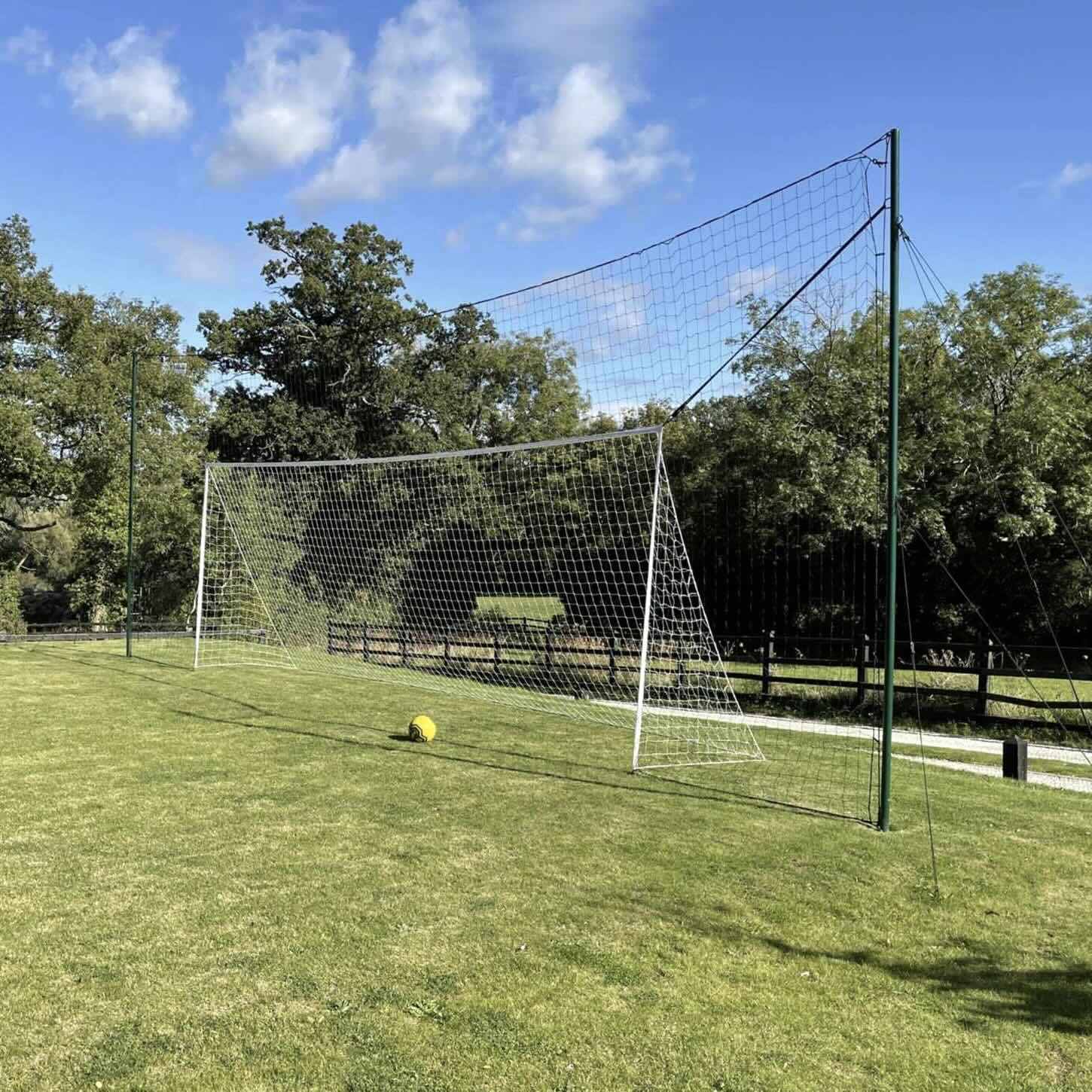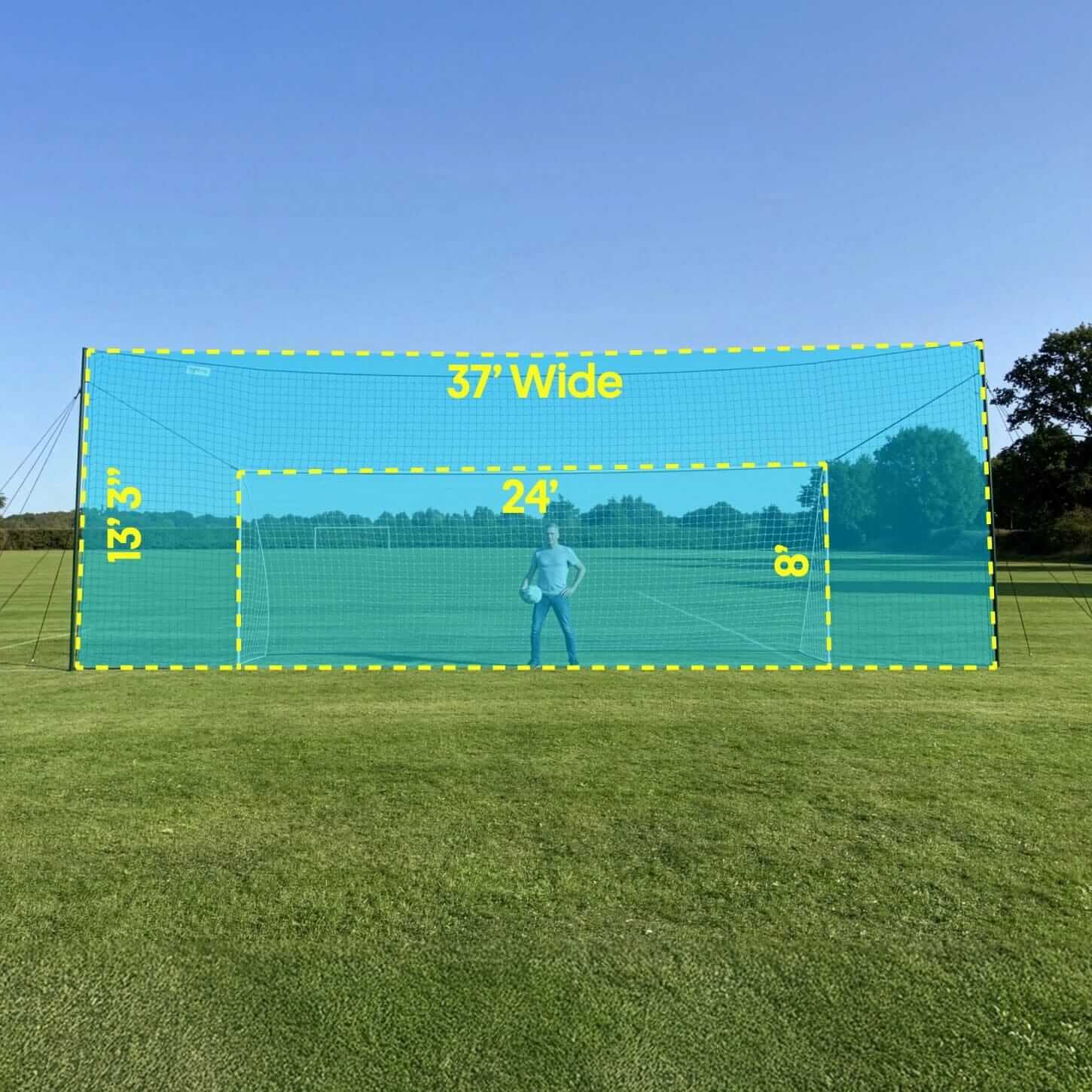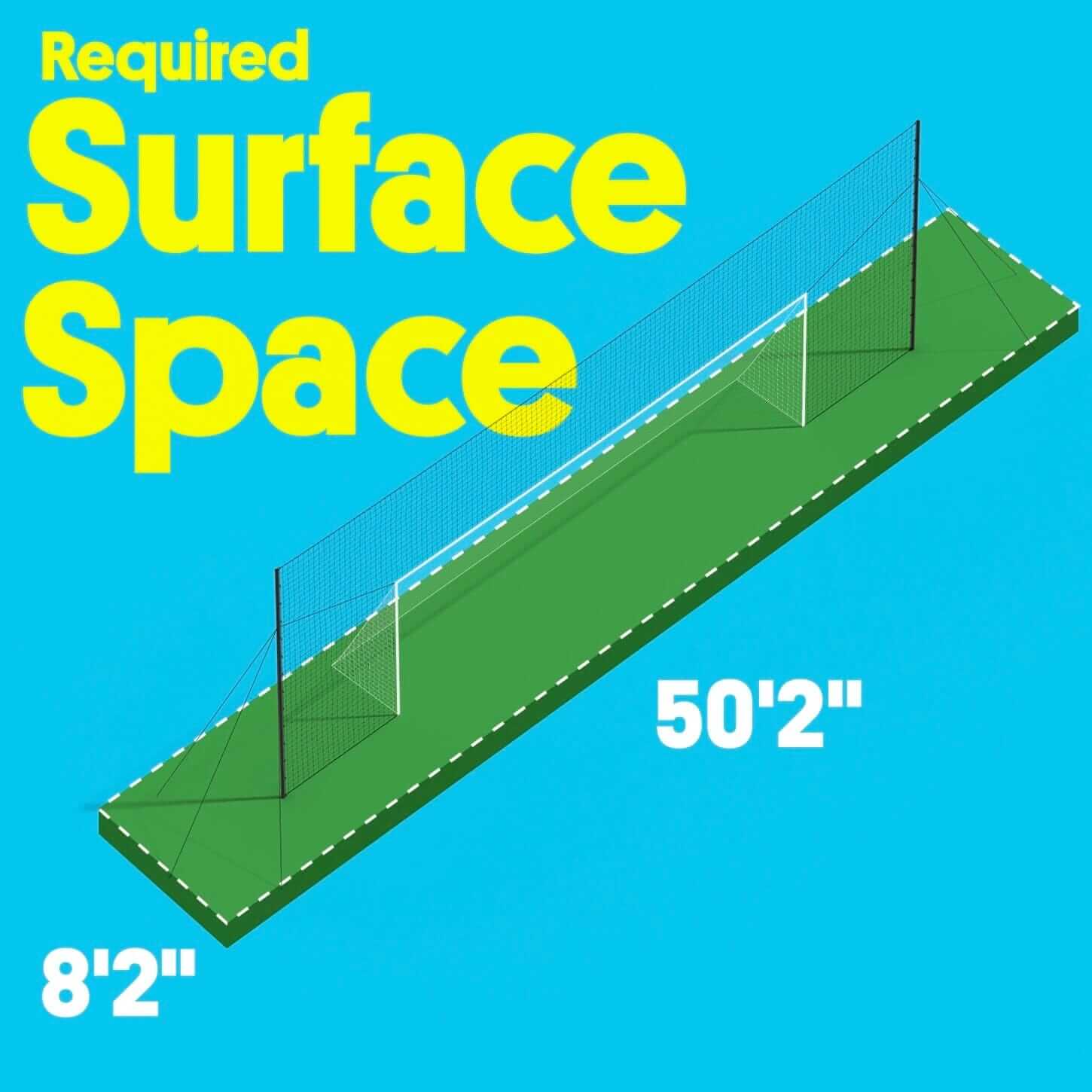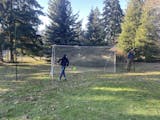One of the most common soccer drills is the Rondo and it focuses on ball possession. The better your players are at possessing and controlling the ball, the higher chance of success you have at scoring and winning the match.
While soccer pundits may debate the exact impact of ball possession on a game, a rondo soccer drill is one method you cannot ignore during training sessions.

What is a Rondo in Soccer?
The entire concept of Rondo is centered on possession of the ball. Generally, the drill is practiced in a small grid or a circular space with the players being split into two uneven sides. The number of players can vary, but it needs a minimum of three players to start the drill.
The drill involves the numerically disadvantaged side trying to win ball possession from the possessing group who pass it among themselves. If a defender wins the soccer ball, they change places with the player losing possession.
Rondo is one of the most popular soccer training drills that is practiced by newbies, as well as professional soccer players. The reason is, it is an excellent drill for learning the necessary skills like passing, receiving, and support play that are used in a game.
Besides, rondo involves competitive play within a confined space that teaches players what to do when one is in possession or without the ball. It is not an individual drill, but involves teamwork and improves understanding between a group of players within a tight space.
As per legendary Dutch player and manager Johan Cruyff- “Everything that goes on in a match, except shooting, you can do in a rondo.” No wonder Xavi, the coach of FC Barcelona, considers rondo as the best practice exercise for football training.
Running a Soccer Rondo
You can start your training sessions with the standard u6 drills, or use the rondo for warm-up. One basic rule of the rondo is to never stop the ball from moving. When the ball is kept moving, the opposition will not get the time to shape an attack plan.
Below, we list the steps to set up a simple rondo possession drill.
- Start by creating a 12x12-yard grid and place the defenders inside the grid. The other players should stand evenly around the grid. Note, the size of the playing area will determine how much time the players have for decision-making.
- Once the game starts, the outside players will pass the ball around while keeping possession. The defenders will try to cut the passes and intercept the ball. You can limit the number of touches a player can make to make the game harder.
- If a defender wins a ball, they change places with the player losing possession. The switch should be made quickly as the drill will not pause for long.
Here are some important coaching points for this possession game.
Keeping Your Head Up
One important aspect of the drill is teaching the players to keep their heads up as much as possible. This will help them to scan the area and observe the position of the team members and opponents. That in turn will help them during decision-making
Using Your Back Foot
It is important for the players to practice receiving the first touch with their back foot during the drill. The back foot is the foot that is furthest from the ball or the defender. Perfecting this technique allows the player to gain some valuable time for observing the condition of the field.
Diagonal Passes
Another aspect you need to focus on is the importance of diagonal passing. This type of passing combines the advantages of horizontal and vertical passes. In a match, when a player receives a forward diagonal pass it results in spatial gain as well as a better field of vision. Such passes also make it difficult for the defending team to intercept the ball.
Breaking Lines
These are imaginary horizontal lines drawn between two or more players in the defending team. The attacking players can practice the art of passing through these lines during a rondo drill. This stretches the opposition players and creates gaps in the defense lines.

Variations of the Soccer Rondo
Rondos can be practiced in 3v1, 4v1, 4v2, and 5v2 formats. Based on the fundamental concept, there are many variations of soccer rondo drills. Some of the common rondo variations are listed below.
Rondo Variation 1
This variation uses the 4v1 format but keeps one side of the square free. One of the players has to move over to that side to support the teammate who possesses the ball. This reduces the numerical advantage and makes the players move off the ball after passing.
Rondo Variation 2
Here, the objective is to practice passing to effectively split the defenders. This helps in creating bigger gaps and makes consequent passing easier.
Rondo Variation 3
In this form of the drill, a 4v2 format is chosen in a 10 x 10-yard area. An additional 1x1 yard square area is marked inside the main area. The players should try to pass the ball to their teammates through this smaller square.
Rondo Variation 4
This variation is played in the 5v2 format. The only difference is, one of the players possessing the ball stands in the middle with the 2 defenders. The teammates are encouraged to find gaps and pass the ball to him. Likewise, the middle player should ensure quick touch passing by avoiding the defenders. If necessary, the player can dribble to avoid the defenders.
Rondo Variation 5
In this advanced variation, two 8x 8-yard areas are set up with a 2-yard-wide channel in between. Initially, the players warm up by playing two 3v1 drills in separate areas. After a certain period, the game is merged and an extra player is placed on the channel. The ball can now be passed from one area to the other through the extra player.
Rondo Variation 6
The focus of this variation is to pass the ball to a single player who acts as a central midfielder or a striker with a higher skill level. The game starts in one section in the 3v1 format. The single player is in the middle, marked by the remaining defender.
Once the ball passes to the target player, 2 of the possessing players will change positions to support the target player. The remaining possessing player will now become the target player and remain marked by the other defender.
Final Thoughts
To sum up, rondo soccer drills are one of the top soccer practices in any youth soccer training session. During the drill, encourage the players to communicate and think one step ahead to outsmart the opponents.
Obviously, you cannot ignore the other aspects of training, like the standard u8 drills. So, keep changing the training format to ensure the overall development of the players.



